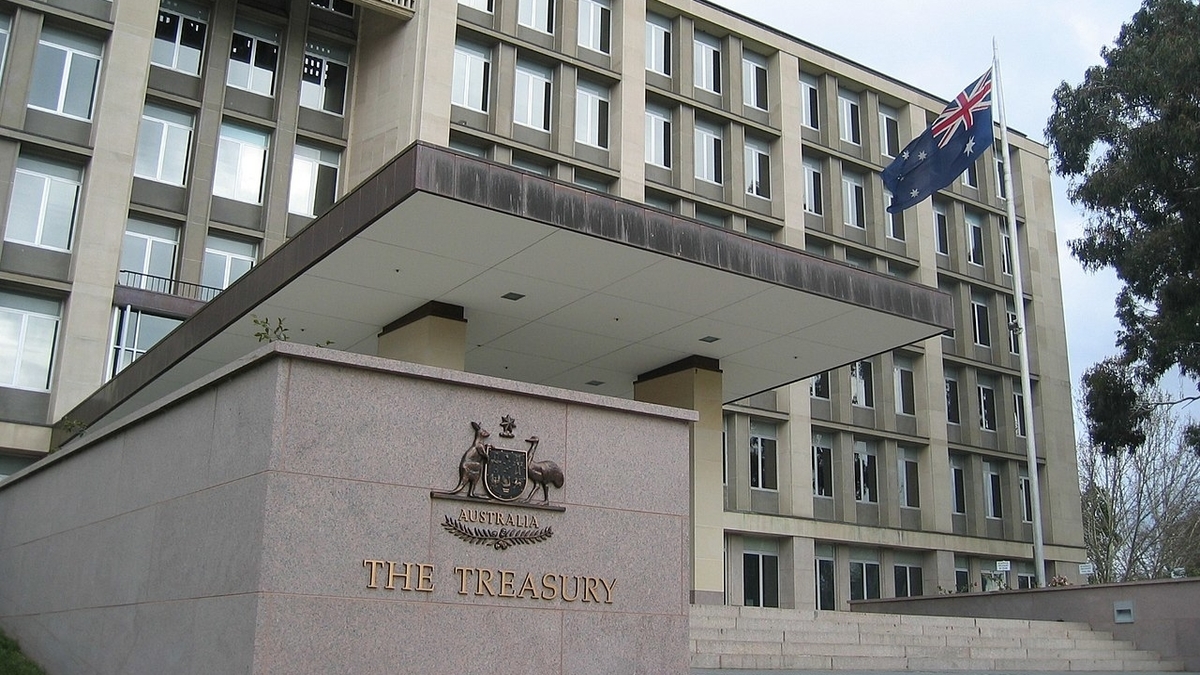‘Declining household wealth will further slow consumption growth’: Secretary to the Treasury
3 min read

The worldwide economy’s potential clients have deteriorated dramatically considering that the April Pre-election Financial and Fiscal Outlook (PEFO).
The likelihood of significant industrialised international locations coming into a recession in the in the vicinity of foreseeable future is growing, and China’s advancement outdoors of the pandemic is very likely to be the slowest in more than 30 a long time. Dr Steven Kennedy, the Treasury Secretary, unveiled a assertion warning that the slowing of usage expansion will be worsened even further by diminishing family prosperity thanks to constant, predicted reductions in housing values.
The effect of pandemic exercise limits is continue to becoming felt, albeit the 612 per cent enhance in intake in 2022-2023 is anticipated to be reasonably transitory, owing largely to the sustained restoration in companies investing and vacation abroad. The services-pushed restoration is predicted to sluggish by early 2023, with intake expansion slipping to 11 for each cent in 2023-2024.
Additionally, as more mortgages exit fixed-rate periods, more households will knowledge the outcomes of better desire prices on their budgets.
“Workers at the decreased end of the cash flow distribution are anticipated to be impacted most sharply by the climbing value of essentials, as the price tag of food items, housing and vitality make up a greater share of their expending, Dr Kennedy mentioned.
“With rates set to mature quicker than wages for a period of time, indexation of pensions will proceed to be joined to development in consumer rates relatively than benchmarked against male full common weekly earnings.
In addition, it is predicted that inflation will achieve a peak of 73.4 for every cent by December 2022 prior to progressively reducing to 31.2 per cent by June 2024.
“While this peak continues to be the similar as the profile ready for the July Ministerial statement, high inflation is anticipated to persist for for a longer period than formerly envisioned, largely owing to the move-by way of of greater vitality charges to residence charges.
“Electricity and fuel costs are envisioned to directly add ¾ proportion factors to inflation in 2022–23 and 1 percentage stage in 2023–24. This assumes customer electricity price ranges will enhance by an common of 20 per cent nationally in this financial yr and 30 per cent up coming calendar year.”
Without the subsidy programmes, data from the Abdominal muscles released the day right after the Budget shows that energy costs would have risen by about 16 for every cent in the third quarter of this yr. The maximize in pricing this fiscal 12 months is attributable to market dynamics and boosts in default sector give released by the Australian Strength Regulator (AER) in May well. Wholesale gas costs on the east coastline remain far more than double their pre-Russian invasion of Ukraine norm, though wholesale ability costs have just about tripled this yr above very last.
At the similar time, domestic weather occasions and provide constraints, merged with sturdy need in residential development and customer merchandise, are contributing further to generalised price tag development.
The way forward
In accordance to the statement, the fiscal position’s in the vicinity of-expression prognosis has improved adhering to PEFO, with the underlying hard cash deficit slipping by $41.1 billion in 2022-2023 and $12.5 billion in 2023-2024. Foreseeable future projections clearly show a minimize in gross and internet credit card debt every single year. The expense of sending payments has risen thanks to higher-than-anticipated inflation. Payments have enhanced by $92.2 billion in excess of 4 a long time, excluding the new coverage.
A third ($34.1 billion over four decades) displays enhanced payment indexation. On September 20, the most current indexation of cash flow guidance payments happened, representing the best indexation rise for pensions and allowances in 30 many years.
Higher inflation will proceed to materially increase payments in the subsequent six-every month indexation updates (March and September) till inflation returns to the RBA’s focus on range. Payments will then stabilise at a proportionally larger amount.
Keep up to date with our tales on LinkedIn, Twitter, Facebook and Instagram.




